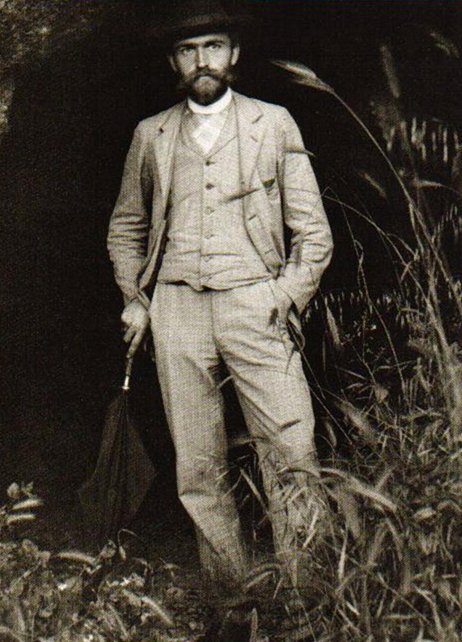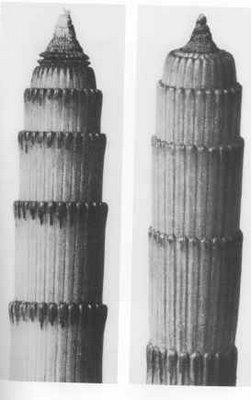As I write, the study is bathed in the warm evening light of late summer and I can’t help but think I should be outside photographing. Instead, I’ve spent most of the day inside trying to create some still-life photographs.
In still-life everything seems artificial, especially when photographing something alive, such as a flower, where somehow it would just seem to make more sense (and be much more pleasant) to be taking the picture outside instead. It’s evenings like this where that thought process seems particularly strong. Anyway, this post isn’t about that, it’s about Karl Blossfeldt, who spent a great deal of time inside photographing and cataloguing plants. Given the technical limitations of the time I actually can’t say I blame him, even if right now being outside seems much preferable.
Blossfeldt started photographing plants to provide images for his students, at Berlin’s Arts and Crafts College, to easily copy. The first collection of his images were published in 1928, with a book called ‘Urformen der Kunst’ (translated as ‘Art Forms in Nature’). [1]
His formal images isolated each plant and were carefully arranged that the desired form was shown. Blossfedlt’s work has been described as “scientific photography crossing boundaries to be regarded as art” [2]. The plants’ natural forms were intended to be an inspiration.
Taken at a time when pictorialist images were in fashion, Blossfeldt’s photographs only really gained popularity during the modernist era, when the abstract and scientific quality of the images were more appreciated.
I first heard of Blossfeldt’s work when I read some reviews of an OCA study visit from some fellow students. They were challenged to create their own ‘back-garden Blossfeldts’, using his distinctive style. Here are some examples and information:
- http://vickifoto.co.uk/2013/05/13/backyard-blossfeldt/
- http://amanostudy.wordpress.com/2013/05/17/karl-blossfeldt-an-early-approach-to-nature-photography/
- http://mcpeopleandplace.wordpress.com/2013/05/12/blossfeldt/
- http://helendigitalfilm.blogspot.co.uk/2013/05/karl-blossfeldt-whitechapel-gallery.html
Blossfeldt’s images are strangely captivating, beautiful and seemingly easy to reproduce (although I suspect that the latter is not actually the case). I wish I’d heard of his work when I was doing assignment two – the colours and tones he used are very similar (although obviously much superior) to my attempts. His careful use of light to highlight different aspects of the plants however, will be useful to remember for my current assignment.
[1] The Photography Book, Phaidon Press (1997). [2] Gerry Badger, (2007). The Genius of Photography, Quadrille Publishing. Page 67.



His images are certainly distinct with an unusual beauty of their own. Because of doing People & Place I actually haven’t done any still-life photographs this year. Thanks for reminding me.